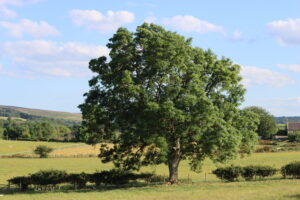Investing in a green economic recovery could create 25,000 new jobs, according to the Royal Society for the Protection of Birds (RSPB).
The charity has put together a list of 330 projects that are ‘ready to go,’ from micro-forests to coastal realignment schemes to highlight the scale of opportunities available through a green recovery.
According to the charity, in the short term, these projects could support around 5,000 jobs in the environment sector and 5,000 jobs in delivery, plus supply and chain benefits.
These projects could also boost government nature and climate targets, by planting at least 4.5 million trees it will help the UK to meet targets to plant 30,000 new hectares of woodland every year and capture around 3 million tonnes of CO2 and it could deliver a further 15,000 jobs in other similar projects.
An example of a project that is ready to go is the Haweswater Change Project, this project aims to encourage a more diverse and wildlife-rich National Park to demonstrate how effectively managing land can increase carbon storage, reduce downstream flood risk and improve sustainable farming.
Martin Harper, director of conservation at the RSPB said: ‘How and where our governments choose to invest will shape the kind of world that we build out of this crisis.
‘If we make the right choices the benefits are clear: reduced exposure to the risks of environmental breakdown; economies and communities which are resilient to shock; a healthy, thriving population; and natural assets that can sustain us long into the future.’
Richard Benwell, chief executive of Wildlife and Countryside Link added: ‘Investing in nature can provide a short-term boost with thousands of jobs, and it can provide long-term, cost-effective protection against costly risks like flooding, soil degradation, and climate change.
‘Helping the poorest, most nature-deprived communities first can help improve people’s way of life at the same time as helping wildlife. This is the Chancellor’s chance to grow back better by including funding for these projects in July’s budget announcement.’
Photo Credit – Pixabay















